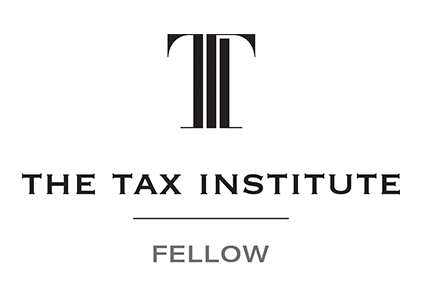
When establishing a self managed superannuation fund (SMSF), one central decision to be made early on is if the trustee structure is to consist of individual trustees or a corporate trustee. Between these choices, you can have up to four individual trustees, or one company that acts as trustee (with that incorporated body having up to four directors).
There are differences between these two structures, which can matter depending on your circumstances and outlook on effective retirement savings. The decisions to be made when choosing between the two choices relate to member/trustee requirements, some costs, how assets are to be owned, possibly penalties, and ultimately any succession considerations.
Requirements
For individual trustees, a fund is required to have two to four members, with each member of the fund also a trustee and vise versa (for single-member funds, see below). A member cannot be an employee of another member — unless they are relatives.
With a corporate trustee, there needs to be one to four members, with each member of the fund a director of the corporate trustee and vise versa. Again, a member cannot be an employee of another member — unless they are relatives.
For single-member funds with individual trustees, there must be two trustees, one of which must be the fund member. If that member is an employee of the other trustee, they must be relatives.
For single-member funds with a corporate trustee, the trustee company can have one or two directors, but no more. The fund member must be the sole director or one of the two, and if there are two directors and the fund member is an employee of the other, the member and the other director must be relatives.
Costs
Individual trustees cost less because there are no fees to be paid to ASIC for incorporation, which includes establishment and administrative costs. Note that a trustee cannot be paid for their duties and services as a trustee.
Corporate trustees on the other hand are charged a fee to register with ASIC, and there is an annual review fee. This however is lower if the incorporated body acts solely as a super fund trustee, but is higher if the corporate also performs another function, such as running a business. A corporate trustee cannot be paid for its services, and its directors cannot be paid for their duties or services in relation to the fund.
Asset ownership
If an individual trustee is removed or another added, you must change the titles of the SMSF's assets. This can take time and can cost, as state government authorities may charge a fee for title changes and most financial institutions also charge a fee for title changes.
For corporate trustees, recording and registering assets can be simpler, particularly for changes in membership — the corporate trustee doesn't change, so the titles of the SMSF’s assets are unchanged. When a person starts or stops being a member of the SMSF, they become, or cease to be, a director of the corporate trustee. It is required however to notify the ATO and ASIC of any change in directors.
Separation of assets
An important aspect of SMSFs is that the fund's assets must be kept separate from any assets that members hold personally.
With individual trustees, the funds assets must be held in the fund’s name, and must not be combined with any member’s personal assets.
It is the same for corporate trustees, however as the company (the corporate trustee) will have limited liability, there is greater protection should the trustee be sued for damages.
Penalty differences
If superannuation laws are breached, administrative penalties are levied on each trustee. Remember however that while a fund can have up to four individual trustees, the alternative structure results in one corporate trustee.
Take for example a fund that fails to prepare financial accounts and statements — a breach of the rules that results in a liability of 10 penalty units (each unit is valued at $210). A corporate trustee would therefore be hit with a penalty of $2,100, but with four individual trustees, the fund is looking at a penalty of $8,400.
Succession
Where changes to individual trustees occur, if one trustee of a fund passes away for example, the fund will not be able to remain compliant and will not be able to operate as usual in most cases — unless an appropriate succession strategy has been prepared.
The corporate trustee on the other hand, not being a natural person, continues in the event of a member’s death. With this situation, or even the incapacity of a member, control of the SMSF and its assets by the corporate trustee is more certain.
Our Management Credentials




